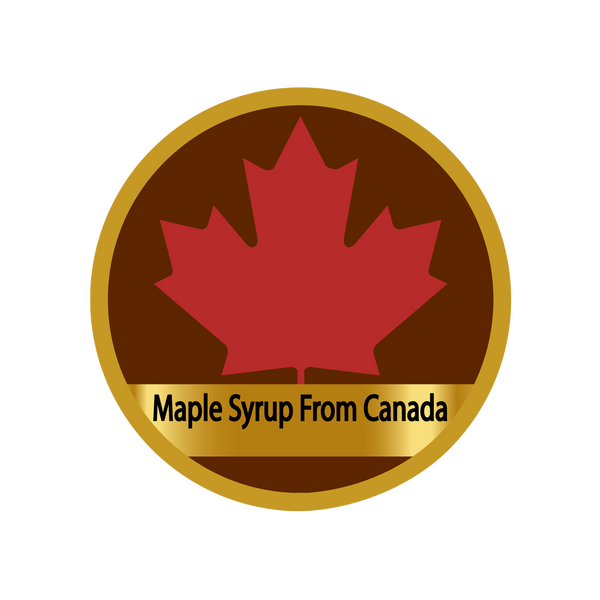Maple syrup and corn syrup are two popular sweeteners, but they have significant differences in terms of origin, production, nutritional content, and culinary uses. Here’s a detailed comparison of maple syrup and corn syrup to help you understand their unique characteristics and choose the best option for your needs.
Origin and Production
Maple Syrup:
- Origin: Maple syrup is a natural sweetener made from the sap of sugar maple trees (Acer saccharum) primarily found in North America, particularly in Canada and the northeastern United States.
- Production: The sap is collected from maple trees during the early spring, then boiled down to evaporate water and concentrate the sugars. It takes approximately 40 liters of sap to produce 1 liter of maple syrup. The process is traditional and involves minimal processing, preserving the natural flavor and nutrients of the sap.
Corn Syrup:
- Origin: Corn syrup is a sweetener derived from corn (maize) starch. It is widely produced in the United States, where corn is a major agricultural crop.
- Production: Corn starch is processed using enzymes to break down the starch into glucose, resulting in a syrup. High-fructose corn syrup (HFCS) is a variant where some glucose is converted to fructose to increase sweetness. The production process involves significant processing and the use of chemical additives.
Nutritional Content
Maple Syrup:
- Natural Sugars: Maple syrup contains natural sugars, primarily sucrose, and small amounts of glucose and fructose.
- Nutrients: It is rich in minerals like manganese, zinc, calcium, and potassium. Maple syrup also contains antioxidants and polyphenols, which have health benefits.
- Calories: Approximately 52 calories per tablespoon.
- Glycemic Index: Maple syrup has a moderate glycemic index of around 54, which means it causes a slower rise in blood sugar levels compared to refined sugar.
Corn Syrup:
- High in Glucose: Corn syrup is high in glucose, and HFCS contains both glucose and fructose in varying ratios.
- Nutrients: Corn syrup lacks significant nutrients and contains mostly empty calories with no beneficial vitamins or minerals.
- Calories: Approximately 60 calories per tablespoon.
- Glycemic Index: Corn syrup has a high glycemic index, meaning it can cause a rapid spike in blood sugar levels.
Flavor and Culinary Uses
Maple Syrup:
- Flavor: Maple syrup has a rich, complex flavor with notes of caramel and vanilla. The flavor can vary depending on the grade, from light and delicate (Golden) to robust and strong (Dark).
- Uses: Maple syrup is used as a topping for pancakes, waffles, and French toast. It’s also a popular ingredient in baking, cooking, marinades, dressings, and beverages. Its unique flavor enhances both sweet and savory dishes.
Corn Syrup:
- Flavor: Corn syrup has a mild, sweet flavor without the complexity of maple syrup. HFCS is sweeter than regular corn syrup due to the higher fructose content.
- Uses: Corn syrup is commonly used in commercial baking and candy making to prevent crystallization and add moisture. It is also a key ingredient in processed foods, soft drinks, and sauces. Due to its mild flavor, it does not impart any distinct taste to recipes.
Health Considerations
Maple Syrup:
- Health Benefits: Maple syrup contains antioxidants and essential minerals, offering some health benefits when consumed in moderation. Its lower glycemic index makes it a better option for those managing blood sugar levels.
- Natural Product: As a minimally processed natural product, maple syrup is free from additives and preservatives, making it a healthier choice for sweetening.
Corn Syrup:
- Health Risks: High consumption of corn syrup, particularly HFCS, has been linked to obesity, diabetes, and other metabolic disorders due to its high glycemic index and lack of nutrients.
- Highly Processed: Corn syrup undergoes significant processing and often contains chemical additives, which can be a concern for those seeking natural food products.
Environmental Impact
Maple Syrup:
- Sustainable Production: Maple syrup production is generally considered sustainable. Maple trees are tapped without harming them, and producers often engage in forest management practices to ensure the health and longevity of the trees.
- Local and Seasonal: Maple syrup is a seasonal product, primarily produced in specific regions, supporting local economies and traditional practices.
Corn Syrup:
- Industrial Agriculture: Corn syrup production relies on large-scale industrial agriculture, which can have significant environmental impacts, including pesticide use, soil degradation, and water consumption.
- Carbon Footprint: The extensive processing and transportation involved in producing corn syrup contribute to its carbon footprint.
Conclusion
While both maple syrup and corn syrup are popular sweeteners, they differ greatly in terms of origin, production, nutritional content, flavor, and health impacts. Maple syrup, with its rich flavor and natural composition, offers several health benefits and is a sustainable choice. Corn syrup, especially HFCS, is a highly processed sweetener with fewer nutrients and potential health risks. Choosing maple syrup over corn syrup can provide a more natural, flavorful, and health-conscious option for sweetening your food and beverages.
For more information on maple syrup and its benefits, visit Maple Syrup From Canada.

